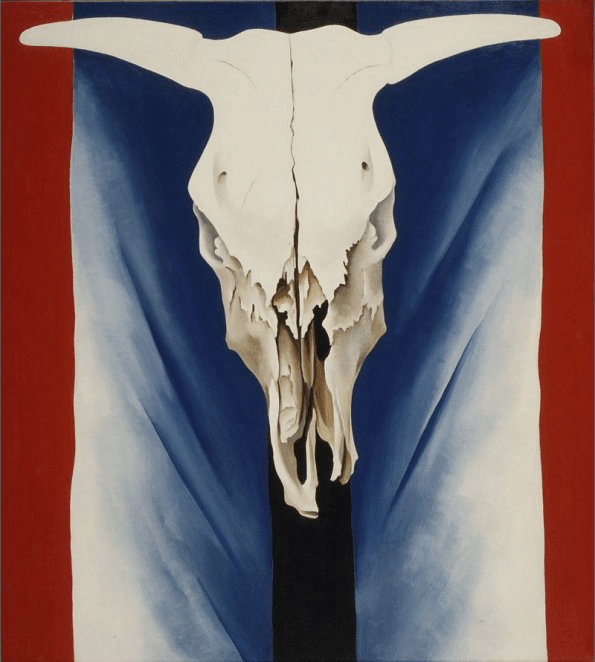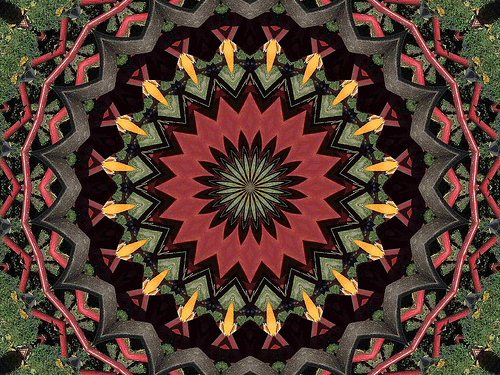The distribution of visual weight in an artwork.
What is balance?
The three types of balance.
What is symmetrical, asymmetrical, and radial?
The four types of movement in art.
What is physical, implied, dynamic, and kinetic?
5 ways you learned artists can create emphasis in art.
What is contrast, leading lines, color, isolation, and movement?
A repeating of two or more elements or components that are used interchangeably.
What is alternating rhythm?
The opposite elements or effects in art.
What is contrast?
The different elements coming together to create a balanced, harmonious, complete piece.
What is unity?
The unequal visual weight of a composition.
What is asymmetrical balance?
When the subject matter captured cannot be replicated in real life by a static pose.
What is implied movement?
A composition technique that features lines to draw the viewer's eye to the intended subject.
What are leading lines?
The 5 types of visual rhythm you learned in class.
What is alternating, random, flowing, regular, and progressive?
Three types of unity.
What is compositional, conceptual, and gestalt?
A technique artists use to create action or guide the viewer through the composition.
What is movement?
When the elements or objects in a work of art radiate around a center point.
What is radial symmetry?
The artwork itself is moving via machine or by nature.
What is kinetic movement?
Three ways artists create emphasis using color.
What are complementary, isolated, and absent color?
Repeating elements with a specified order or arrangement that can be measured.
What is regular rhythm?
Two ways artists create contrast.
What is color, size, shape, texture, and/or line?
The opposite elements or effects in art.
What is contrast?
The balance that can be seen here.

What is symmetrical balance?
The way an artist uses line to signify an object is moving.
What is physical movement?
A single-color note in an otherwise colorless artwork.
What is absent color?
Repeating elements in a pattern that change either in size or color as they repeat.
What is progressive rhythm?
The artist arranges similar components and elements of art to create consistency.
What is compositional unity?
The elements used draw attention to a certain area, usually the focal point in an artwork.
What is emphasis?
The balance that can be seen here.

What is radial balance?
The viewer's eye is guided smoothly from area of the composition to another.
What is dynamic movement?
An object outside of a grouping forcing the viewer to take notice of it.
What is isolation?
Repeating elements without a specified order or arrangement.
What is random rhythm?
A theory whereby the artist brings in an Idea(s) and binds them within his artwork.
What is conceptual unity?